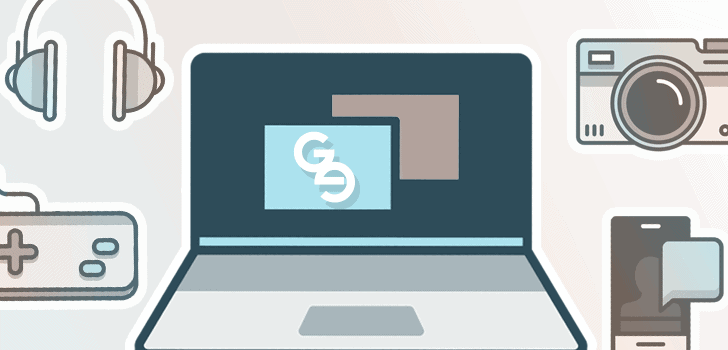Drones are becoming a consumer favourite, but there was a time when consumers couldn’t even get their hands on them. Also known as unmanned aerial vehicles (UAV), drones have been around since the early twentieth century. What began as a military luxury later paved the way for drones in the consumer market.
Discover all there is to know about the history of drones, from where it all began to their use today.
1916-1918: Where it all began
World War I was one of the first times drones, known as pilotless vehicles, were utilised by the army. From 1916-1917 the British Armed Forces started to use aerial imagery to map out potential German trenches. However, these drones were very different from the drones we know today.
In 1918, the US began to develop a small aerial biplane known as the Kettering Bug. This experimental, unmanned torpedo was capable of striking ground targets up to 10km (6 miles) from its launch point, and it could travel at speeds of 80 kmph (50mph).
1930s: Further military advancements
It wasn’t until the early years of World War II that the armed forces began to further develop drones for use in the military. The US Navy actually started work on radio-controlled aircraft, which brought about the introduction of the Curtiss N2C-2 Drone in 1937. Much larger than the drones we see today, there were 20 of these conventional biplanes built in total.
1940s – 1980s: Research and development stage
For over 40 years after World War II, drones continued to be developed and researched by militaries all over the world, influencing many of the drones we see today. In 1958 the US launched a large-scale research and development program to further improve UAV technology.
1986 – 1994: The US led drone advancements
Aerospace engineer Abraham Karem produced the GNAT 750 drone, a now world famous UAV that was developed in his garage near Los Angeles. The GNAT featured a flat-four four cycle engine, flying an operational area of 2,000km (1,240 miles). It made its first flight in 1989 and was later adopted by the CIA in 1992 for surveillance operations over Eastern Europe.
In 1994, the Pentagon got involved and worked to optimise the GNAT 750 in order to make it quieter yet bigger and sturdier. Depicting the appearance of a high-speed aircraft, this advanced model then became known as the Predator.
Early 2000s: War drones are back in action
After taking it’s first flight over Afghanistan in 2000, the Predator was launched into action in the aftermath of 9/11. The CIA launched drone strikes against the remaining members of Al-Qaeda in Pakistan and Yemen. Somewhat controversially, the US have been launching drone strikes in Pakistan since 2004. Drones have also since been used to fight high-profile leaders of the Taliban and the Islamic State.
2006: Drones hit the consumer market
Warfare aside, drones became available for consumer purchase in roughly 2006, after they were used in the aftermath of Hurricane Katrina to search for survivors. After recognising the potential for a consumer market, the Federal Aviation Administration in the US issued the very first drone permits for recreational purposes. However, it took some time for the popularity of drones to really take off.
Introducing the Parrot AR drone in 2010, the first drone to be entirely controlled by WiFi using a mobile phone. The French company, Parrot, received numerous accolades and awards for their breakthrough with the technology.
2013: DJI Phantom arrives
A drone we are all very familiar with today, the Phantom 1 drone was released in 2013 and took the consumer market by storm. The Phantom 2 followed shortly after, which helped to further cement DJI as one of the biggest players in the commercial drone market.
2016 – Present: Drones become a must-have for the tech-savvy
IN 2016, the drone market became bigger than ever, but with this came lots of criticism leading to discussions about potential no-fly zones, a law that is very much in place today. Despite this criticism, Amazon and UPS started to develop drones to deliver medical supplies to remote locations all over the world. Amazon are also currently development a drone-based delivery service for their Prime members, called Prime Air. The first deliveries were carried out in 2016 in Cambridge, England, but the development is ongoing.
But what about consumer drones? DJI took another leap ahead of the crowds with the development of the DJI Mavic Pro. The drone offered 27 minutes of flight time travelling up to a speed of 40 mph. The specs are truly remarkable for this small but extremely powerful drone.
If you’re interested in learning even more about the history of drones, check out drone case specialists the Case Farm and their history of drones page.
